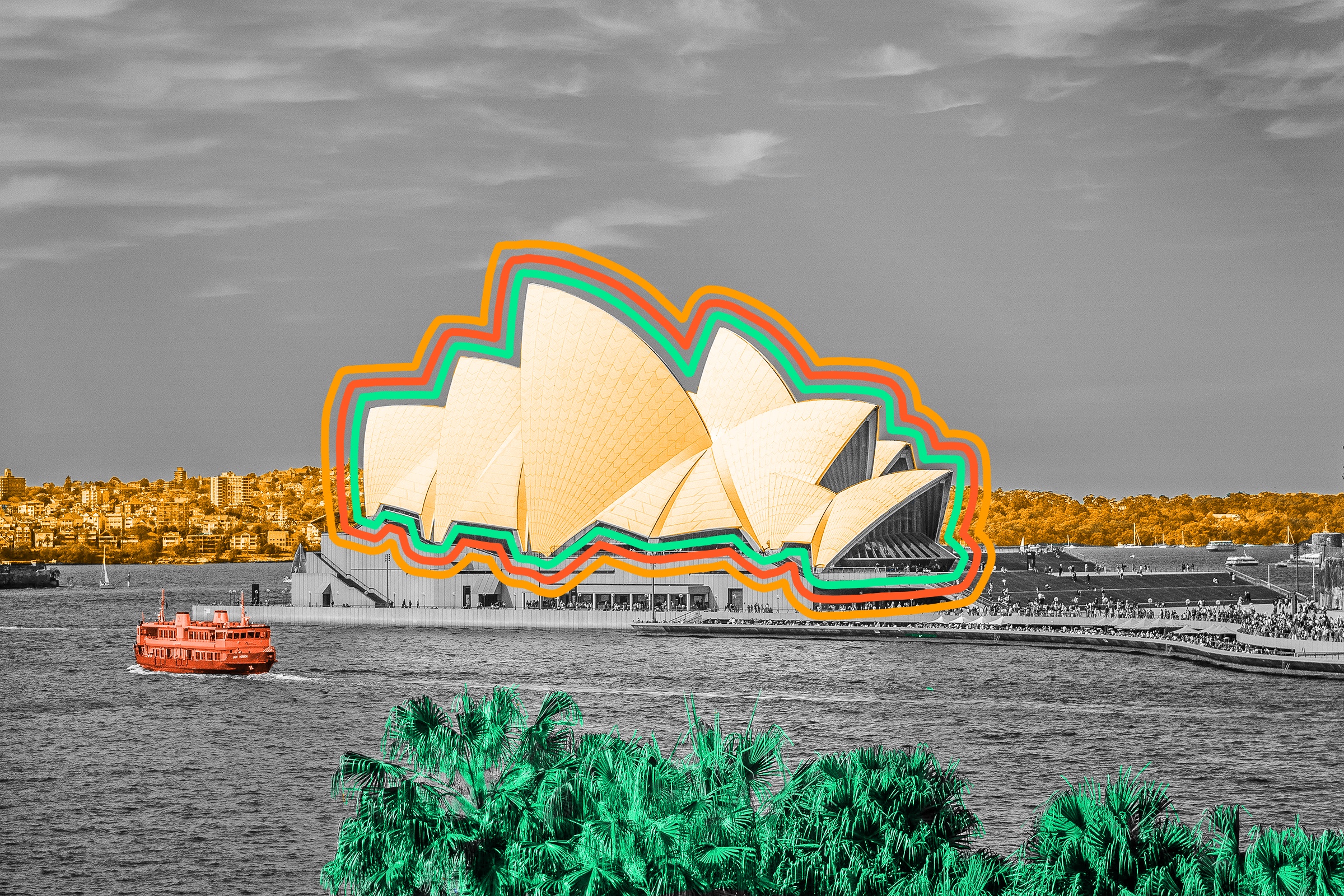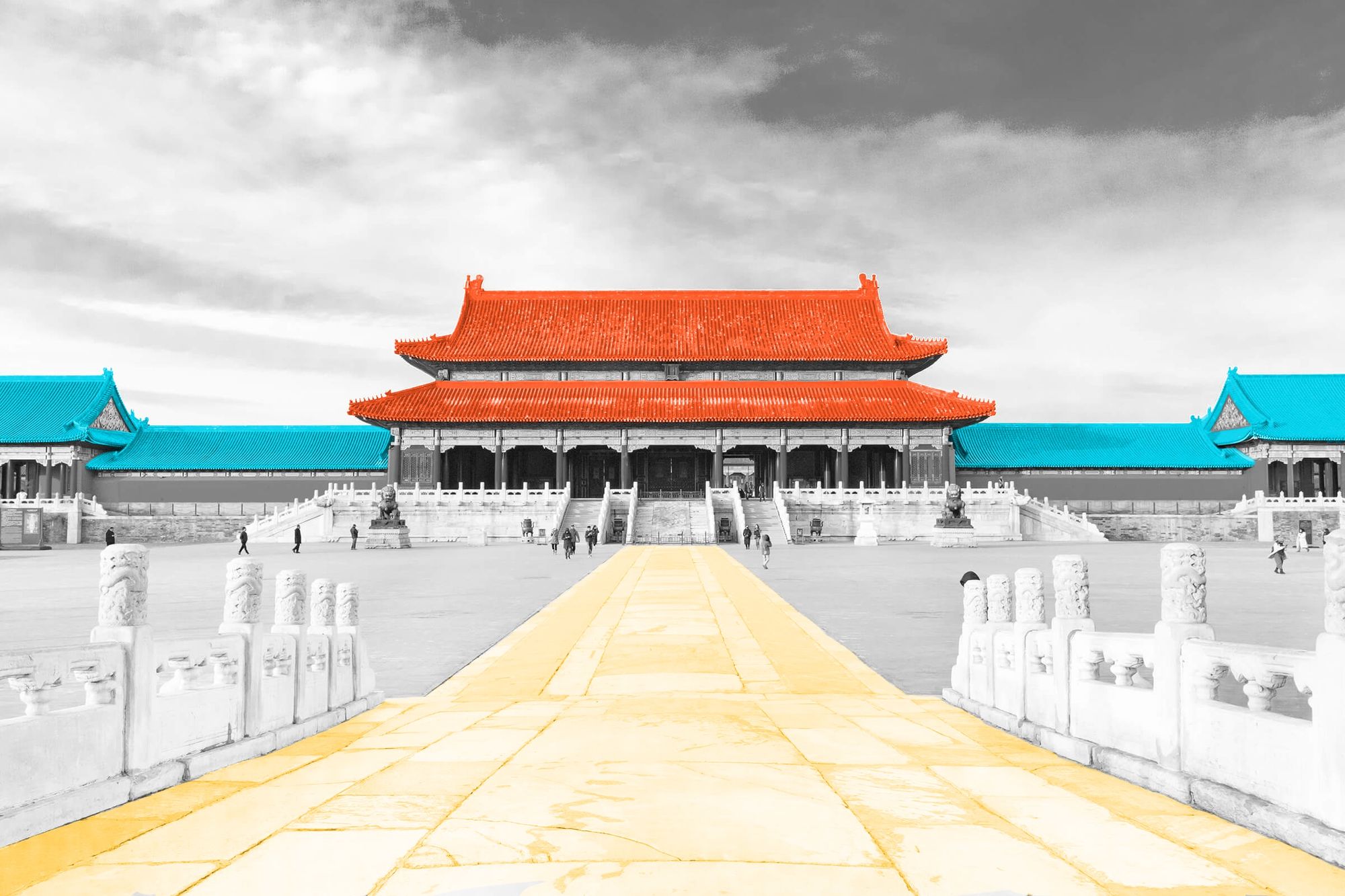
The Sydney Opera House was designed by a previously unknown architect.
On January 29, 1957, 38-year-old Danish architect Jørn Utzon’s life changed forever. That Tuesday, New South Wales Premier Joe Cahill announced that Utzon had won the international architectural competition for Australia’s extravagant new opera house in Sydney Harbour. Utzon’s multi-domed design evoked Sydney’s nearby cliffs and the many sailboats puttering around the water, while also drawing inspiration from famous Danish castles and Mesoamerican temples.
There was only one problem: The structure’s iconic “sails” were initially deemed structurally unsound and too expensive. So in a moment of genius, Utzon devised the “Spherical Solution,” creating the shape of the structure’s domes from the surface of a simple sphere and essentially saving the project. Eventually, cost overruns, controversies, and setbacks led to Utzon’s removal, but his heart was always with his famous opera house, which became a national symbol of Australia after its grand opening in 1973. Surprisingly, Utzon never saw the finished building in person. That may be less strange than it sounds, however. In 2006, two years before his death, his son Jan attended an opening ceremony for the opera house’s western colonnade, noting that while his father was now too old to make the journey to Australia, he “lives and breathes the Opera House, and as its creator, he just has to close his eyes to see it.”
Like humans, instruments react adversely to extreme temperatures. Too much warmth can alter the friction between a violin’s bow and its strings, for example. The bushings in a piano (small pieces of felt inside the keys) will swell when it’s warm, giving the instrument a sluggish quality. Most of these less-than-ideal effects can be solved with a quick tuning, but with Sydney’s 80-member orchestra, delays for tuning can be cumbersome (especially when warm weather also causes tuning pegs to stiffen). To keep things running as smoothly as possible, the Sydney Opera House keeps the temperature right in the Goldilocks zone of around 72.5 degrees Fahrenheit when the orchestra is on stage. Surprisingly, some brass musicians and manufacturers elsewhere have been known to cryogenically freeze and then gently thaw their instruments in a bid to improve their sound, but scientists at Tufts University found no improvement in sound quality when employing this icy tactic.

